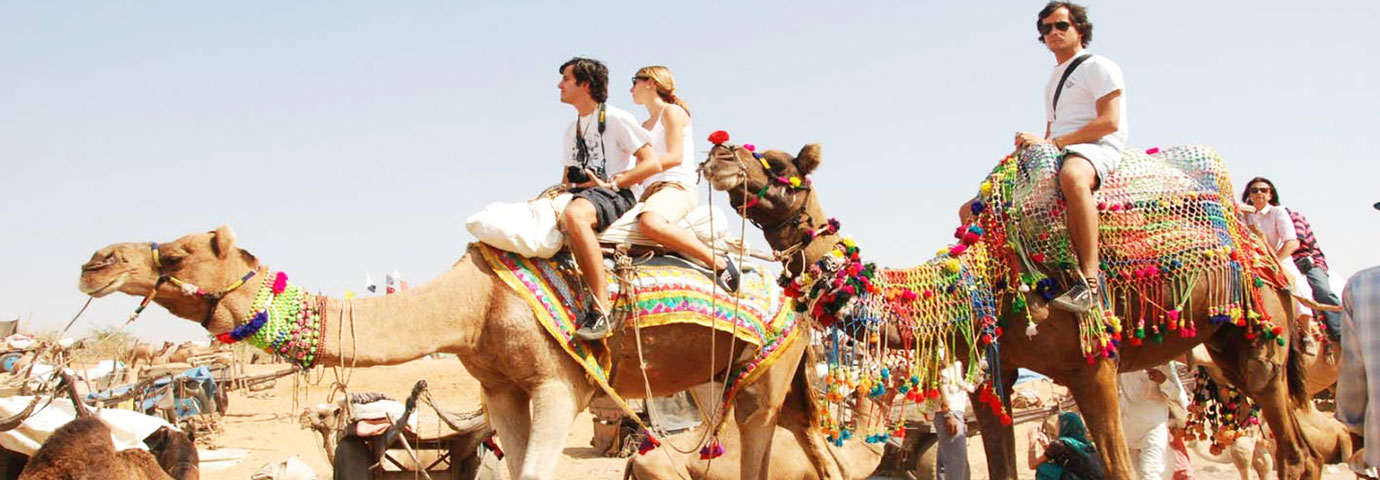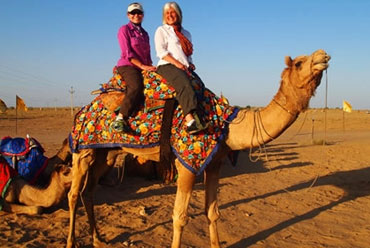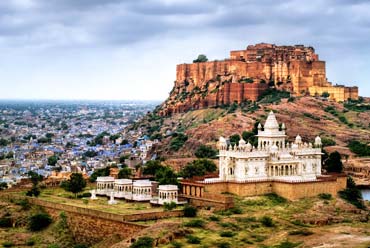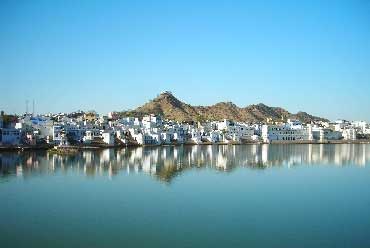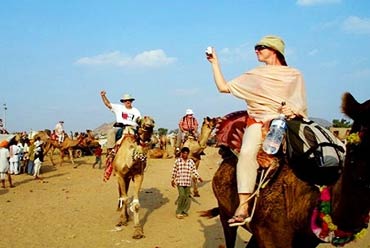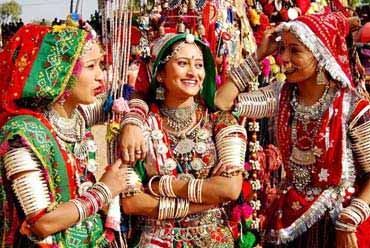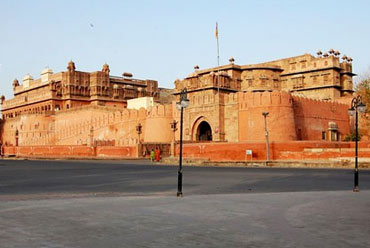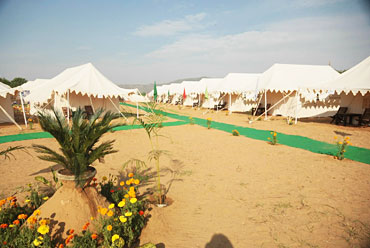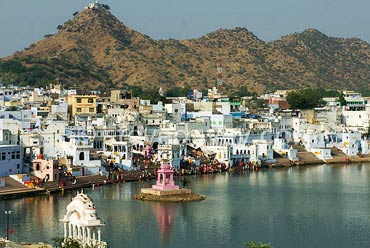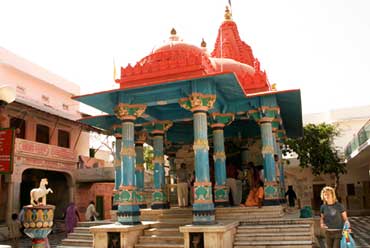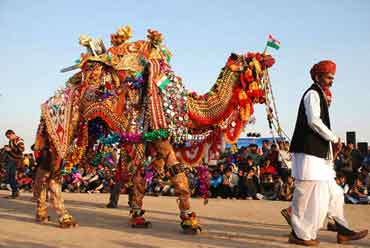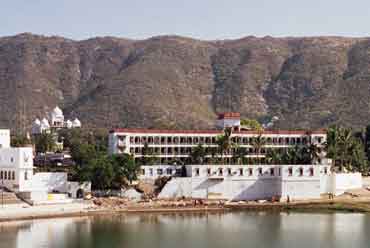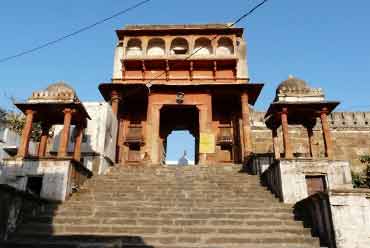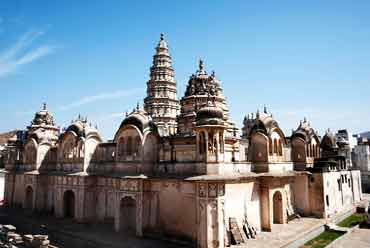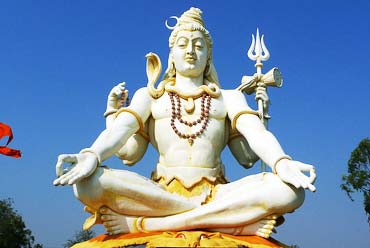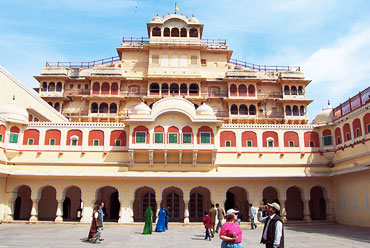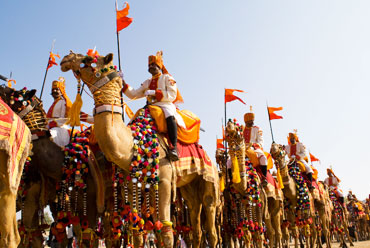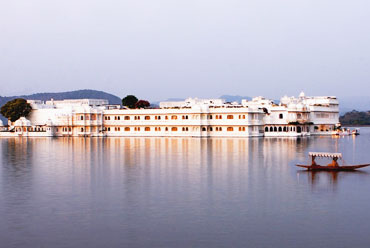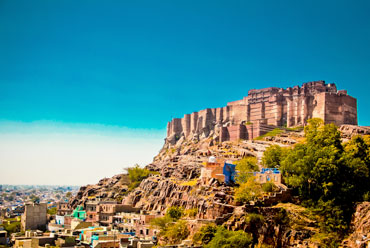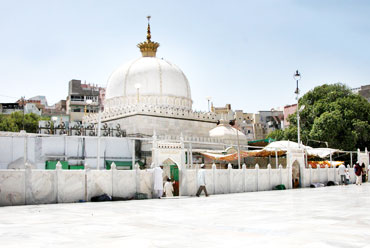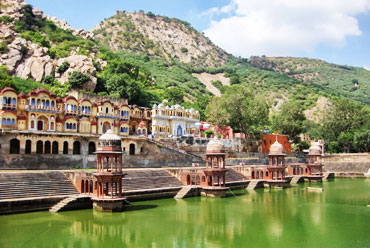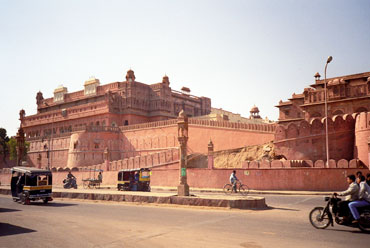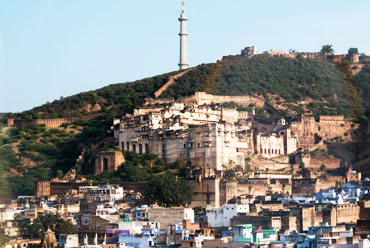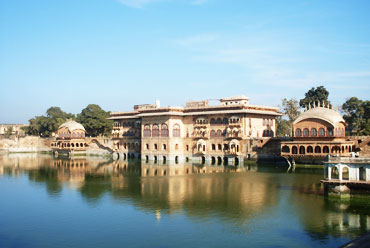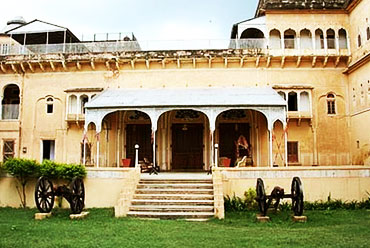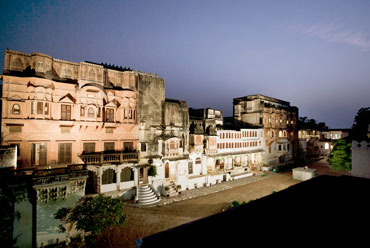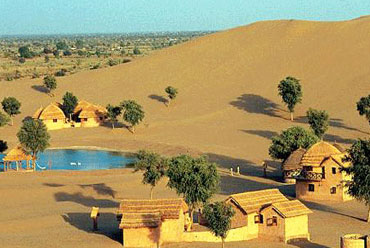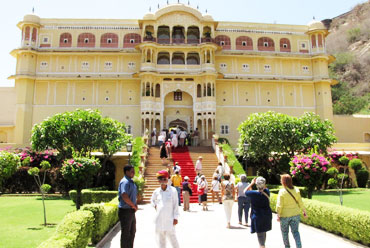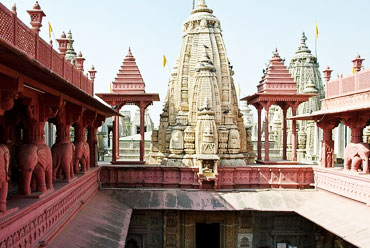Location
The picturesque Pushkar is set in a valley just about 14 km off Ajmer in the north Indian state of Rajasthan. Surrounded by hills on three sides and sand dunes on the other, Pushkar forms a fascinating location and a befitting backdrop for the annual religious and cattle fair.
History
Pushkar is among the five dhams or pilgrimages that are held in high esteem by Hindus, the others being Badrinath, Puri, Rameswaram, and Dwarka. It is said that in battle lord Brahma killed the demon Vajra Nabh with a lotus flower, whose petals floated down to earth and landed in three places in and around Pushkar where lakes sprang up. According to legends, Pushkar Lake was surrounded by 500 temples and 52 palaces (several rajas and maharajas maintained palaces here for pilgrimage) at one point. The Brahma temple is the most important temple here and is, in fact, the only Brahma temple of India. It is interesting to note that Brahma is not worshipped, even though he is one of the Holy Trinity of Hinduism. Brahma, it is said, had descended on earth to perform a Yajna (fire-sacrifice). His wife Savitri was not with him at that time and the Yajna would be incomplete without her. Therefore, Brahma married a local girl and sat down for the Yajna. Meanwhile Savitri landed on earth and, upon finding this new bride sitting next to Brahma, cursed him that he would never be worshipped anywhere else on earth.

